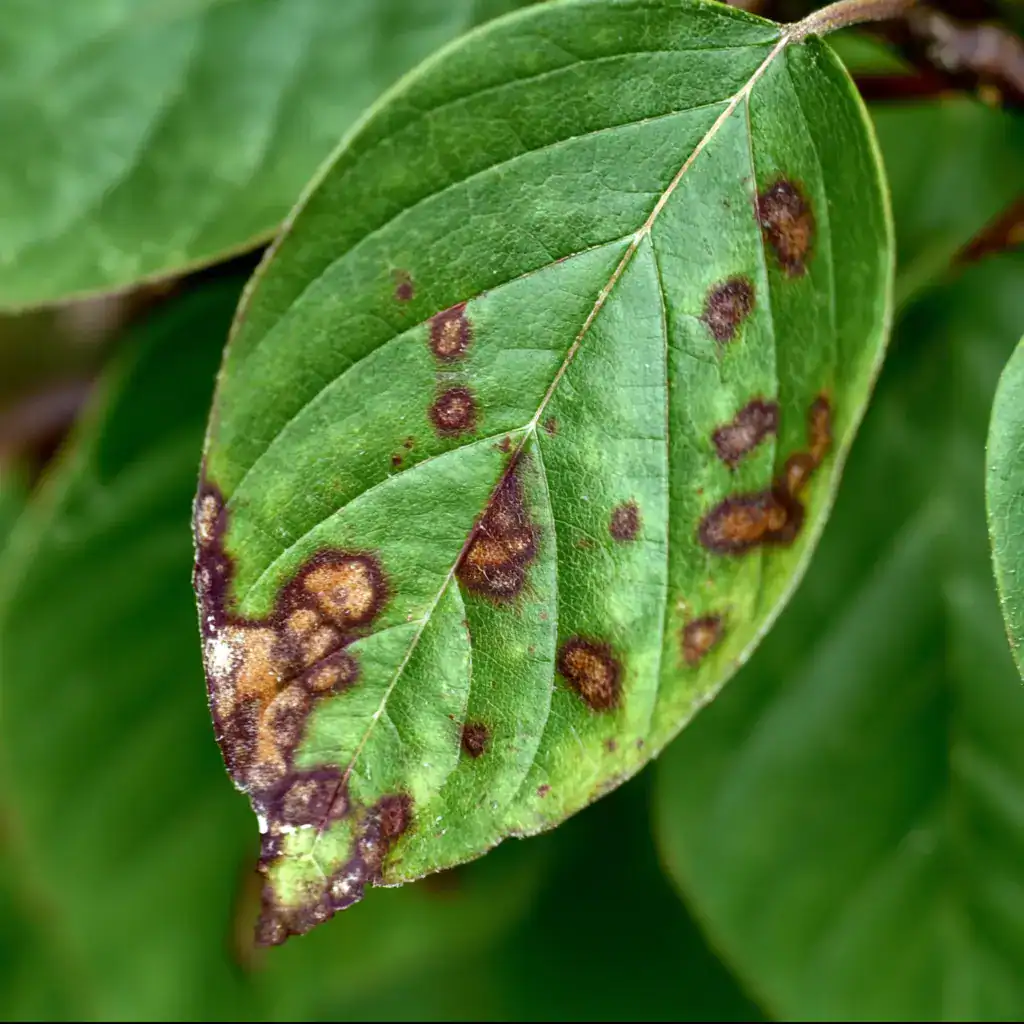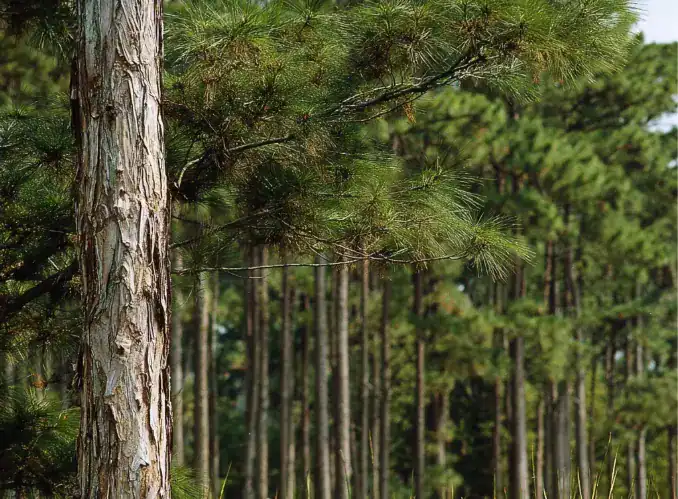Climate change is a global crisis with far-reaching consequences, and one of its often-overlooked victims is our planet’s trees. Tree Health, vital components of our ecosystems, face a growing threat as shifting weather patterns, rising temperatures, and extreme weather events become more frequent. In response, expert arborists are developing strategies to enhance tree resilience and mitigate the effects of climate change.
Understanding the Impact of Climate Change on Trees
Climate change poses several challenges to tree health. Higher temperatures can lead to drought stress, making trees more susceptible to diseases and pests. Increased carbon dioxide levels may affect nutrient content in leaves, affecting overall tree health. Additionally, extreme weather events like hurricanes and wildfires can devastate tree populations.
Choosing Resilient Tree Species
One crucial strategy employed by arborists is selecting tree species that are more resilient to changing conditions. This involves planting tree species that have demonstrated adaptability to local climate shifts. Native species are often preferred, as they have evolved to withstand local conditions. Arborists also consider factors like soil quality and drainage when choosing species.
Proper Water Management
Regular tree pruning and maintenance are essential components of resilience-building. Arborists remove dead or weakened branches to improve a tree’s structural integrity and reduce the risk of falling during storms. Proper pruning also enhances air circulation within the canopy, reducing the risk of fungal diseases.
Integrated Pest Management (IPM)
The changing climate can affect pest populations and their behavior. Arborists employ IPM techniques to monitor and manage pests effectively. This approach minimizes the use of chemicals and focuses on prevention through practices like introducing beneficial insects, trimming affected branches, and applying organic pesticides sparingly.
Adapting to Changing Seasons
As climate change disrupts traditional seasonal patterns, arborists adjust their care routines accordingly. They emphasize the importance of providing adequate protection for trees during extreme weather events, such as storms or heatwaves. Additionally, they advise homeowners and land managers to be vigilant in monitoring tree health year-round.


